radiation
leading question
It's a hot, sunny day.
Which of these two shirts
would you choose to wear and why?



SETTING THE CONTEXT what is radiation?
Why do we feel hot outside on a sunny day?
Does this mean that the sun is hot?
But the sun is very far from us. How does the sun's heat reach us?
Conduction?
Convection?
How does the sun's heat reach us?
Conduction - Touch
X
Convection - Liquid or gas
X
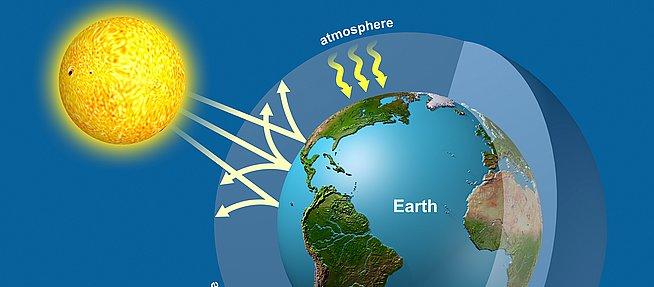
SETTING THE CONTEXT WHAT IS RADIATION?
How does the sun's heat reach us?
This is the third form of heat transfer -
RADIATION !

learning objective - 1
Radiation can transfer heat through a medium (solid, liquid, gas) and even if there is
NO MEDIUM

WHICH OF THE FOLLOWING GIVE OUT HEAT RADIATION?

WHICH OF THE FOLLOWING GIVE OUT HEAT RADIATION?
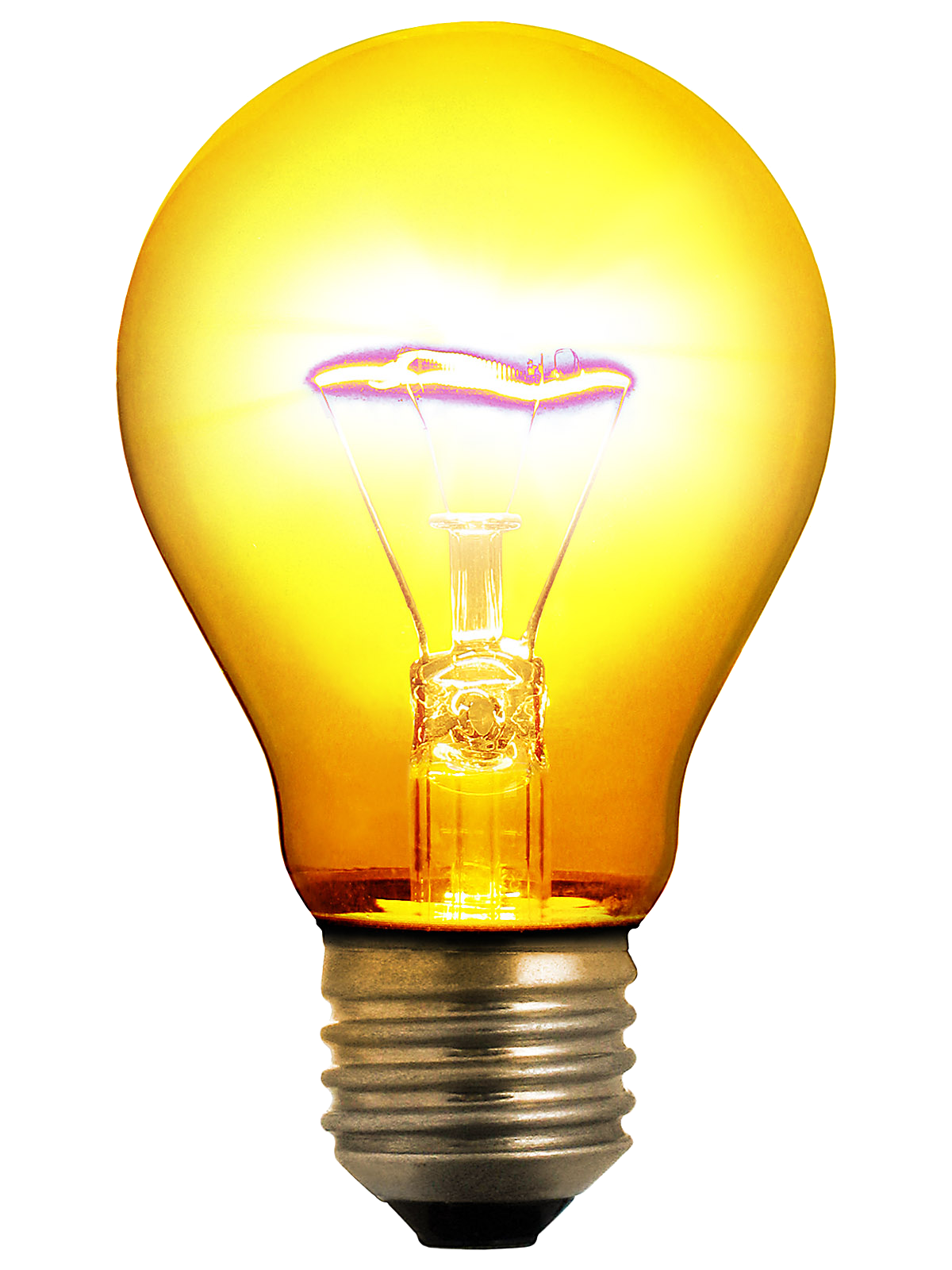
WHICH OF THE FOLLOWING GIVE OUT HEAT RADIATION?

WHICH OF THE FOLLOWING GIVE OUT HEAT RADIATION?

ALL OF THese GIVE OUT HEAT RADIATIoN!



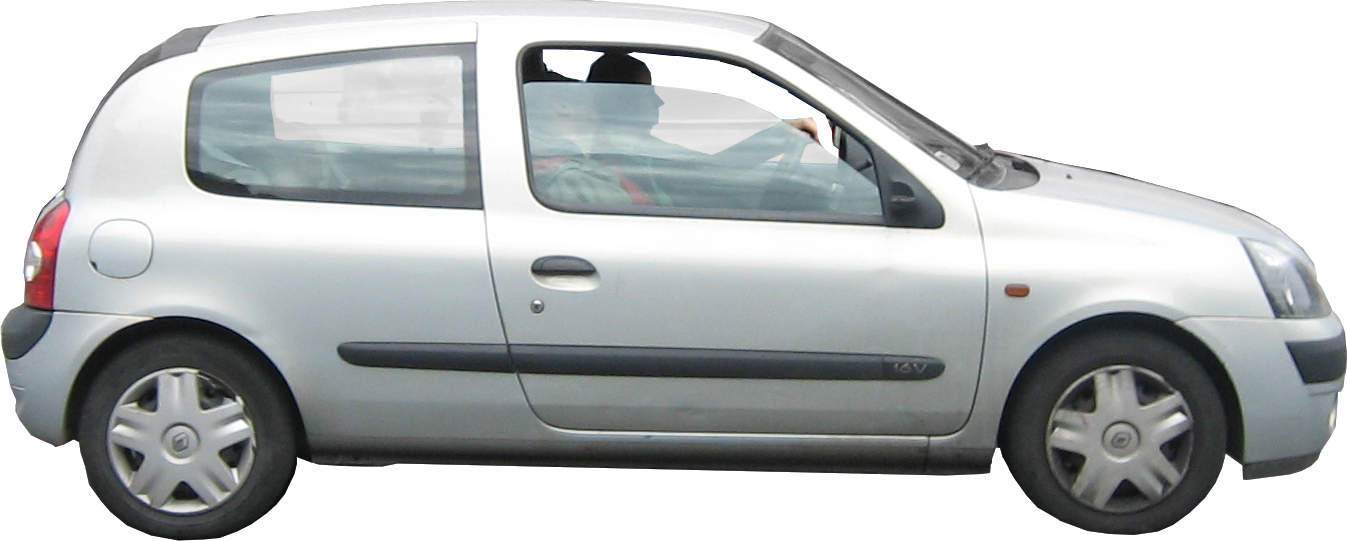
Learning objective -ii
All things around us,
hot
or cold
give out heat radiation !


learning objective - iii
The higher the temperature of an object, the more
heat
radiation it gives out.


can we see radiation?
infra red camera, uses, 3 videos. army night vision
learning objective - iv
What happens when heat radiation falls on a body?
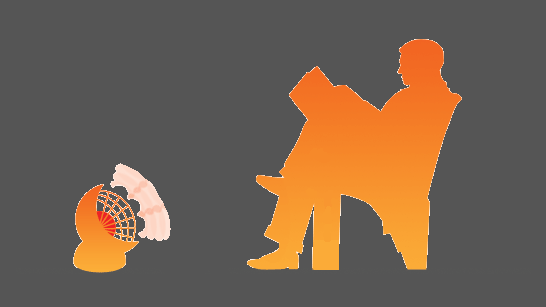
some radiation is absorbed
Absorption means radiation falling on something goes in
&
Increases the temperature
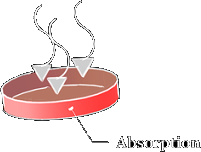
some RADIATION is reflected
Reflection means radiation falling on something goes back
&
does NOT raise the temperature

some RADIATION is transmitted
Transmission means radiation falling on something goes in
and
comes out
from the other end
Transmission does
NOT raise the temperature
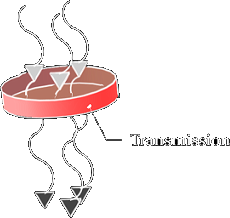
LEARNING OBJECTIVE - IV
What happens when heat radiation falls on a body?



Reflection & Transmission
do NOT raise the temperature
Absorption raises temperature
LEARNING OBJECTIVE - V

Which of these two cans will be hotter after an hour?
Black things absorbs more radiation than white things
Both cans are receive same radiation from the sun
Some of this radiation is absorbed, some reflected & the rest transmitted
Absorbed radiation will increase temperature. Reflected and transmitted radiation do not increase temperature
Black can has higher temperature than white can

Black absorbs more radiation than white
concept check
It's a hot, sunny day.
Which of these two shirts
would you choose to wear and why?



Title
EXAMPLES OF RADIATION
Why do you feel hot when you sit near a kerosene lamp?
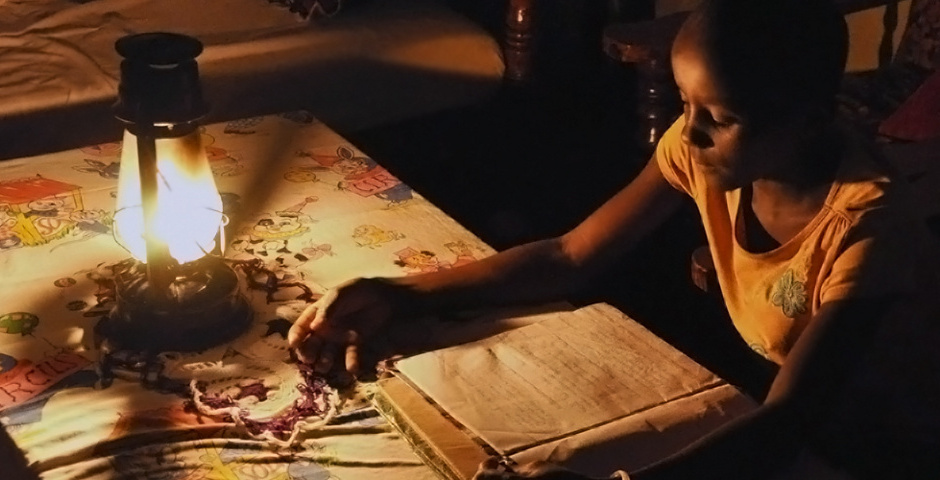
EXAMPLES OF RADIATION
Why does a book become warm if it is kept under a table lamp?

EXAMPLES OF RADIATION
Why does a hot bulb cool down after it is switched off?
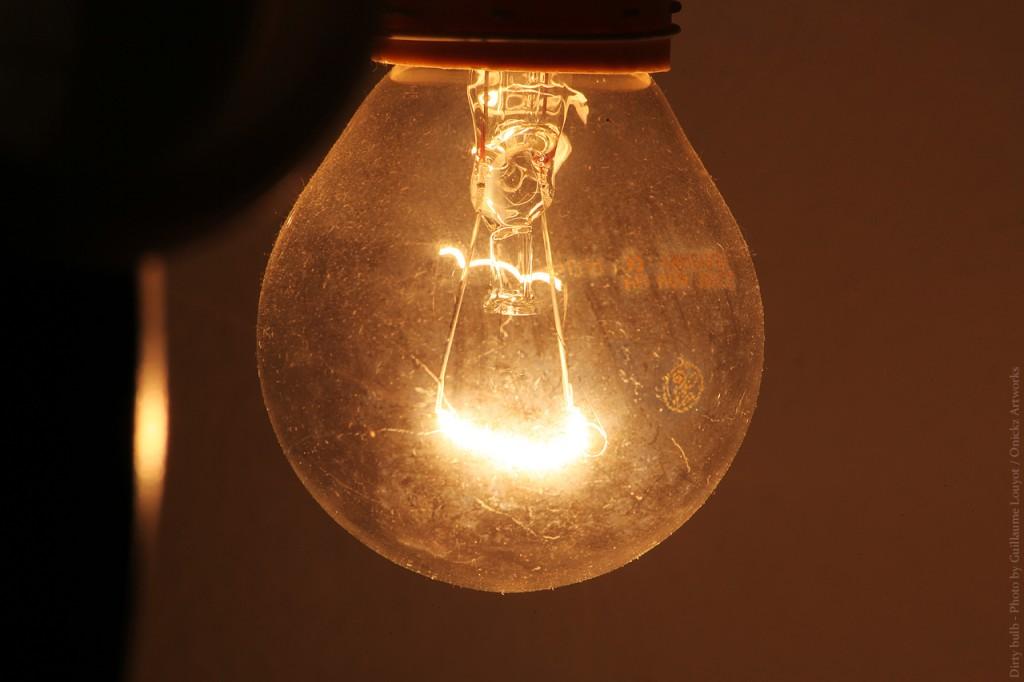
EXAMPLES OF RADIATION

conduction, convection & radiation
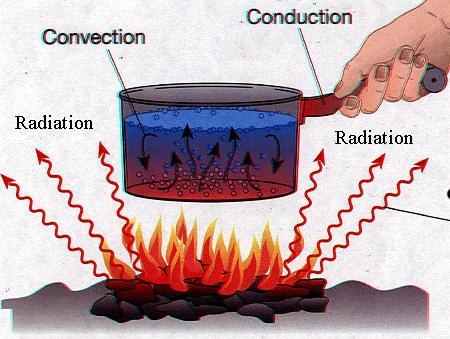
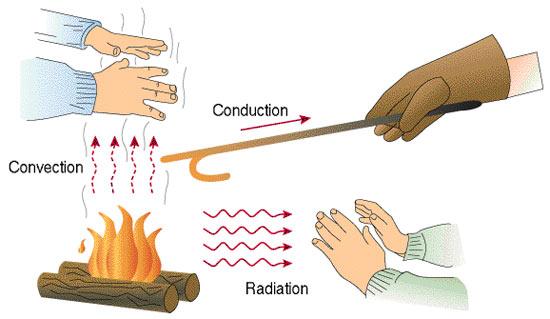
Title

Title
bulb cools down
Microwave oven
hot pan
dog fire
heater in room
coin under light bulb
take something out of the fridge. keep it, it becomes hot .. why?
Let's revise
- Radiation is a method of heat transfer
- Radiation can transfer heat through a medium and even when there is no medium
- All things give out heat radiation
- Higher the temperature of an object, the more heat radiation it gives out
- When heat radiation falls on an object, some of it is absorbed, some of it is reflected and the rest is transmitted
- Absorption of heat radiation increase the temperature of an object. Reflection and Transmission do not.
- How much heat radiation falling on a object will be absorbed depends on the object's properties, e.g. colour
- Dark coloured objects absorb more heat radiation than light coloured objects
ENDING questions
- If you take a stick ice-cream out of the fridge and hang it from the roof by a string, it will get warm and melt. Where does the ice-cream get this heat from?
- Take a hot bulb and a stick ice-cream and hang them both from the roof. We know that both of them are radiating heat. However, the bulb cools down, while the ice-cream gets warm and melts. How can you explain this?
- Earth is continuously receiving radiation from the sun. Why is the Earth's temperature not increasing continuously as well?
advanced concepts
- Heat Radiation (also known as thermal radiation) is a part of a larger phenomenon known as electromagnetic radiation
- All electromagnetic radiation travel as waves. These waves are called electromagnetic waves
- Light, radio signals, mobile phone signals, the radiation in microwave ovens are all examples of electromagnetic radiation - like heat radiation, they too, transfer energy from one point to another and don't require any medium to travel. This is why we can communicate with people in space wirelessly
radiation
By Arnav .
radiation
- 7,089



